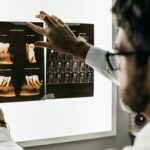
Mark-Steven Howe looks at this is diagnostic test accuracy review comparing conventional and cone-beam computed tomography for detecting persistent apical disease after root canal treatment.
[read the full story...]
Mark-Steven Howe looks at this is diagnostic test accuracy review comparing conventional and cone-beam computed tomography for detecting persistent apical disease after root canal treatment.
[read the full story...]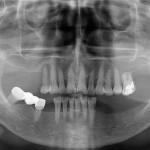
This review of the diagnostic accuracy of panoramic radiography (PR) in the detection of calcified carotid artery atheroma (CCAA) suggests that PR has good dianostic accuracy compared with Doppler ultrasonograph.
[read the full story...]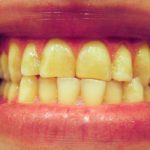
This review of diagnostic tools for sleep bruxism included 8 studies the majority being at high risk of bias. Portable diagnostic devices had best validity but quality of evidence was very-low to moderate.
[read the full story...]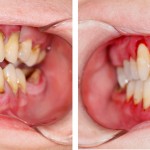
This review of salivary biomarkers for diagnosing periodontal disease only identified 4 studies at high risk of bias but suggests a small number of potential biomarkers. However the findings should be interpreted with caution.
[read the full story...]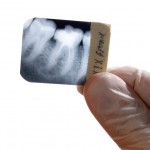
Only 4 small studies at high risk of bias were available for this review of cone-beam computed tomography (CBCT) for diagnosis of vertical root fracture, providing insufficient evidence to suggest that CBCT is a reliable test.
[read the full story...]
Olivia Kirtley and Alys Cole-King consider the implications of a new BMJ review on suicide risk assessment and intervention in people with mental illness.
[read the full story...]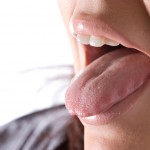
Sjögren’s syndrome (SS) is one potential cause of dry mouth. It is thought to affect 0.5-1% of the population and is more common in females (M/F ratio 1:9). SS is an autoimmune disease characterised by chronic T- and B-cell infiltration of the salivary glands or lachrymal glands that results in gland dysfunction. SS has a [read the full story…]